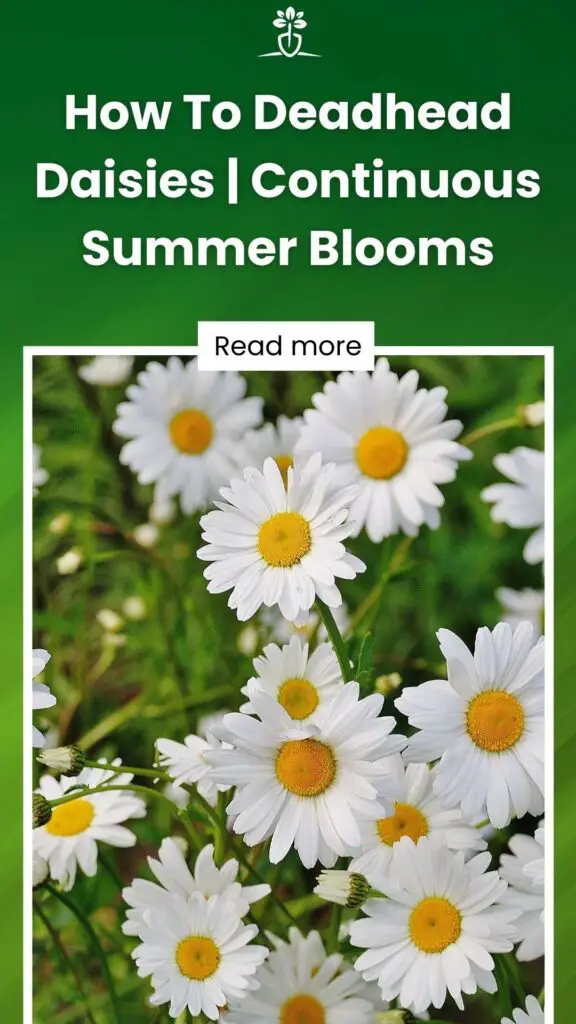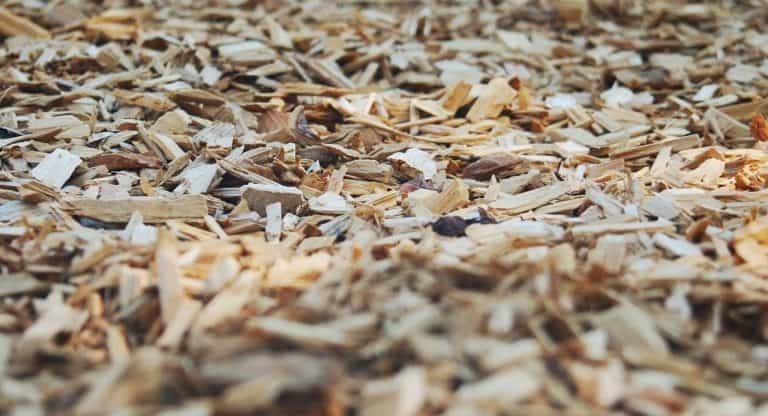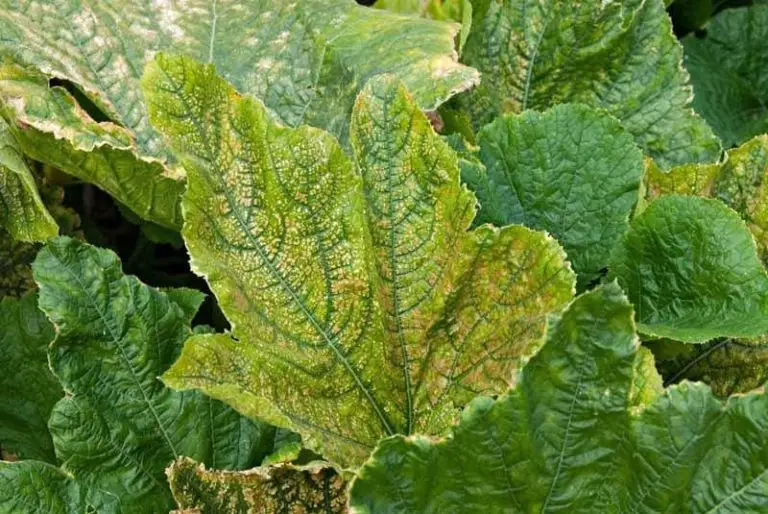How To Deadhead Daisies | Continuous Summer Blooms
Daisies are beautiful flowers that gardeners love to plant in their own gardens. Their delicate white petals compared with their bright yellow centers are what make these flowers so attractive. They are extremely easy to grow, but it is simple to keep these flowers looking perfect all season long.

Deadheading your daisies will make your flowers multiply and look healthier than before. However, not everyone will deadhead their daisies, but we know that it makes a huge difference.
In this article, we will go into further detail into how to deadhead daisies and the benefits you will receive from doing this simple task.
Contents
What Is A Daisy?
A daisy is typically known as a small and wild flower that has a yellow center surrounded by white petals. Some species of daisies may be wild, while others are commonly grown by gardeners.
Wild daisies are commonly very small and appear in large quantities in grassy areas. Children love to pick wild daisies and make daisy chains. Not only do they look beautiful and delicate. Yet they also have a pleasant aroma, but these plants are mainly grown for their beauty rather than their smell.
There are several species of daisies that you may come across. Most gardens will feature a type of daisy in their garden as they are easy to grow and pleasing to look at.
The name daisy refers to a large variety of plants in the Asteraceae family. This group of plants are known for their disk shaped and flat blooms. Their petals will create rays falling outwards away from the center.
Some varieties of daisies that you may have heard of include: Oxeye Daisy; Marguerite Daisy; Painted Daisy; and Shasta Daisy.
These flowers will often bloom during early summer and last until the first frost. Each type or variety of daisies is different from the other. Therefore, it is easy to find a type of daisy that meets your needs.
Also, their growing requirements might be slightly different from one another.
To keep your daisies growing well, there are a couple of things you can do, one of them being to deadhead your daisies.
What Is Deadheading?
Deadheading is a very simple process. All you have to do is remove any fading or decaying blooms. This will encourage the plant to keep growing and regrow any blooms that you have removed.
Therefore, the plant won’t be wasting any energy on any blooms that are dying. It can focus its energy on new blooms that will make your garden look attractive.
This is basically another form of pruning that will help you to keep your flowers around for much longer.
You don’t have to be deadheading all season long, only towards the end of the summer, you may want to start to think about deadheading. This is when you start to notice dead leaves and petals.
Overall, deadheading is an easy task that even children can do. It is a quick and easy task, but sometimes it does get forgotten.
If you manage to stay on top of deadheading your daisies, you will be able to seek the reward and get to look at your beautiful daisies for much longer.
How To Deadhead Your Daisies

Once you start to notice blooms that are sagging or fading, then you know it is time to start deadheading. It is really easy to deadhead your daisy flowers, and won’t take you long to master this process.
- Step 1: To begin with, you need to identify blooms that are beginning to die, after blooming for so long.
- Step 2: Using a sharp pair of scissors or shears, you want to cut off the dead flower heads. The stalks will be thankful that the extra dead weight has been lifted.
- Step 3: Once you have cut away all the dead blooms, you can discard them. Now you can wait for the new blooms to appear. Your garden will look much more attractive for a lot longer.
Cutting For An Indoor Arrangement
You don’t just have to grow your daisies for outdoor viewing. Thus, you can grow your daisies for an indoor reason like an arrangement or bouquet.
As a result, cutting fresh daisies for either a loved one or yourself also tells the daisy plant to produce more blooms. This could be considered another deadheading method, but this time you cut the flowers from the stem when they are healthy.
- Step 1: For an indoor arrangement or bouquet, you want to select blooms that are either still in buds or just beginning to open up. You want to cut the ends of the stem at a 45-degree angle.
- Step 2: After you have cut your blooms, you will want to remove the leaves. If the cut flowers are to be put in a vase, then all the leaves that will be submerged in water must be removed. If the leaves aren’t removed, then these leaves are likely to rot. Therefore, it is best to remove as many leaves as possible.
- Step 3: Add your cut flowers to the vase and fill them with plenty of water.
- Step 4: It is likely that you will only cut a handful of the flowers at a time for an indoor arrangement. However, you still need to keep an eye on the plant and deadhead any blooms that need deadheading. This way, you will continue to have a sufficient amount of blooms to choose from when you are ready for your next arrangement.
A Guide To Deadheading During The Seasons
In each season, you will be deadheading for different reasons. We wanted to give you this quick little guide so that you know what you should be doing in each season.
Alongside the benefits, it has on your daisy plants. This is all to help you have a fuller and longer blooming season.
In Spring and Summer, you are encouraging your flowers to grow and to continue to grow.
Here you will be cutting off dead blooms before the plant tries to create seeds. This way, the energy will go into making new blooms instead of producing seeds. However, if you want seeds then this is something to think about.
Alongside that, you want to be removing any dead or yellow foliage as well. The aim here is to encourage the plant to continue to grow and develop during these seasons.
For Fall and Winter, you are preparing your plants for the colder seasons and getting ready for the next growing season. Once the blooming season is over, you want to prepare your plants.
During the summer, your daisy plants can grow quite tall, depending on the variety. However, once the last flowers have bloomed, you will want to cut the top half of the plants off. Thus, they should only be around 1.5 to 2 feet high.
The green stalks will look attractive in your fall garden, and the plant will focus its energy on the leaves rather than producing seeds.
Although, if the stems of your daisies are brittle, then you should cut them quite low.
If this is the case, then you should cut your daisies so that they are only 3 to 4 inches from the ground. Even after the first frost, you should give your daisy plants an excellent prune.
After the first frost, your stems should be barely visible. This is so that the frost and winter weather doesn’t damage your plants.
Keep Your Tools Clean And Sharp
A helpful tip to know when deadheading daisies is to keep your tools clean and sharp. Keeping either your scissors or shears clean and sharp will make deadheading much easier.
Yet also, by using clean and sharp tools, you avoid your daisy plants from catching any infections from any other plants you may have in your garden.
If your plant catches an infection, this could potentially kill your daisy plants. This is why using clean tools is so important.
If you are serious about your plants’ health, then it has been recommended to dip your braids into undiluted household disinfectant. Then wipe off any excess with a paper towel. You can use water to help sanitize your blades as well.
Your tools should be sharpened every year. However, once they have become dull or pitted, then they should be replaced.
When it comes to cleaning your tools, it is very easy. The hinges and blades should be washed with soapy hot water. Then they should be dried to remove any remaining debris that could have been left on the tools.
Alongside that, you want to oil or lubricate the tool. This is to improve the durability of your tools. It will also prevent rust or corrosion from forming. Which again will improve the durability of your tools. Thus, they will last much longer, so you can deadhead your plants for longer.
The Benefits Of Deadheading Your Daisies

As we have previously mentioned, deadheading your daisies will provide you with many benefits.
Not only does deadheading your daisies make your plants and garden look overall tinder and eater. As a result, you will no longer have to deal with sagging and dead blooms distracting your eye away from the healthy and bright blooms.
Also, this promotes healthy growth for the season next year as well.
Alongside that, by deadheading your daisies, you are encouraging them to produce even more flowers for you to enjoy.
Not all plants or flowers benefit from being deadheaded. However, daisies really thrive from this process.
If you want your daisies to bloom for longer, then you should consider learning how to deadhead them.
If your flowers don’t bloom for longer, that is nothing to worry about. Another factor may have impacted the lifespan of your blooms for that season.
By getting rid of any dead blooms, you are making your flowers redirect their energy.
They no longer need to focus on the blooms that have finished blooming. Instead, it can focus its energy on the blooms that are about to bloom and on creating new blooms.
Also, more foliage will be created to make the plant look more luxurious and the roots will become stronger.
If you want to save the seeds that are produced by your daisy plant, then you can deadhead the dead blooms near the start of the blooming season. Then only deadhead near the end of the season.
As a result, deadheading your daisies can be really beneficial. It not only promotes much healthier and fuller blooms. It also makes your blooming season last a lot longer, so you can enjoy these beautiful flowers. Their energy is redirected by the dead blooms to create new ones.
How To Look After Your Daisies
Now that you have deadheaded your daisies, always need to know how to make sure to look after these flowers properly. As we have already spoken about, daisy plants are quite easy to care for. Daisies aren’t very needy plants and grow quite quickly.
You need to make sure that you water these plants well, but try not to overwater them.
When you first plant your daisies, you want to water them particularly well, so that they develop a good and strong root system. Whilst in the fall, your daisy plants will enjoy a good fertilizer to keep them healthy and strong.
It can depend on your variety of daisies, on the particular care that your plants need.
Some daisies need to be staked to remain upright, while others don’t reach such great heights. However, daisy plants are one of the simplest and easiest flowers to care for. They are quite hardy and can withstand the elements they are faced with.
Final Thoughts
Reading daisies may seem like a pointless task, yet if you make it part of your gardening routine you will notice huge benefits. This deadheading of your daisies blooms when you notice that they are starting to die, will overall make your daily plant healthier and stronger.
It is very easy to deadhead a daisy blooms, all you have to do is cut the dead bloom off. This will then encourage the plant to focus on other blooms and more blooms, as its energy is being redirected.
A simple and easy task that will help you have a longer blooming season. Thus, having more daisies in your garden for much longer in the year as well.
If you want to collect daisy seeds, then deadheading isn’t very beneficial. However, it is simple to get the seeds that you want, and then you can begin deadheading when the time is right. Now you can enjoy the sight of beautiful daisies for longer in your garden.





